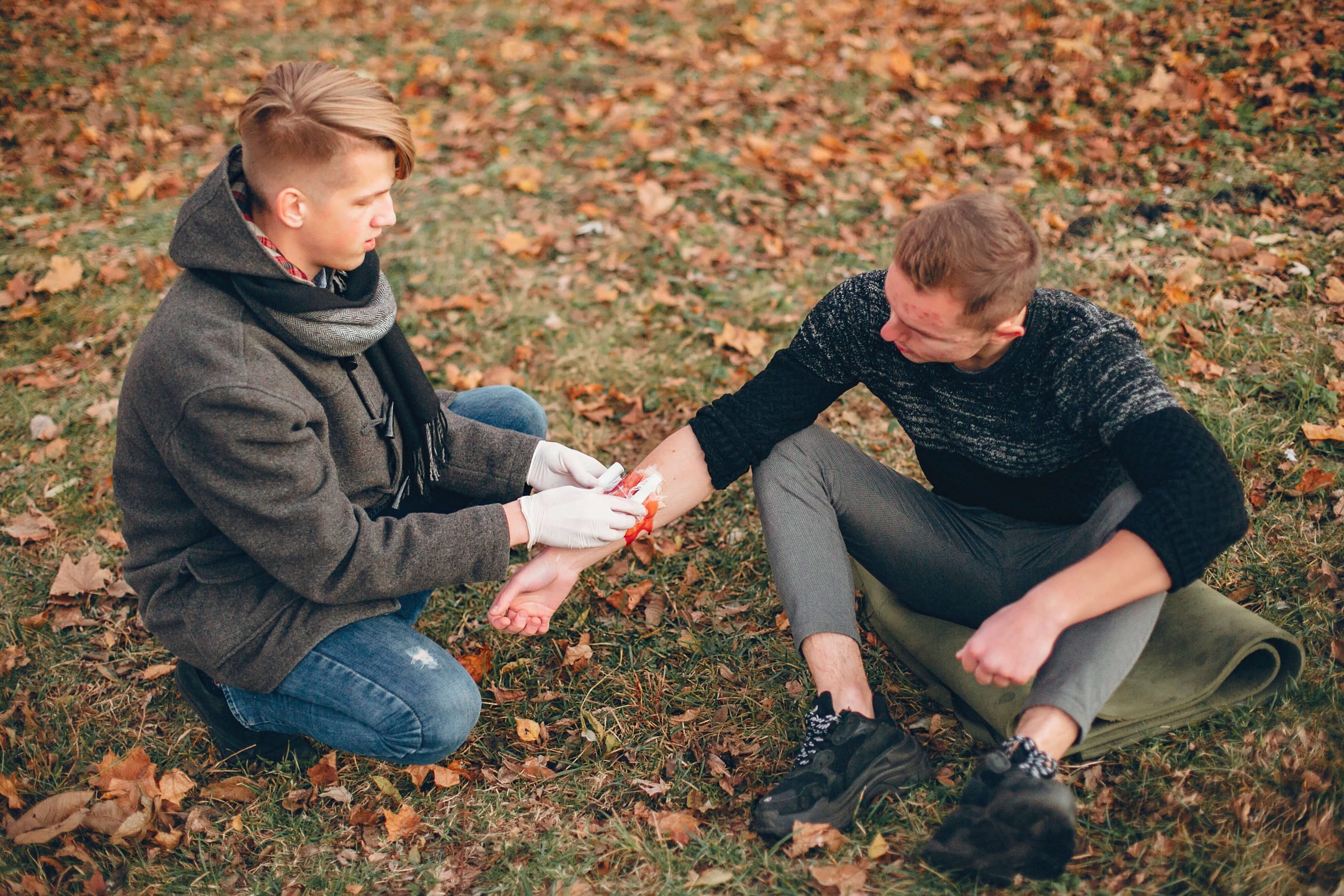
When disaster strikes, whether it’s a powerful earthquake, a devastating hurricane, a raging wildfire, or any other natural calamity, the safety and well-being of individuals are paramount. Natural disasters can be unpredictable and ruthless, leaving communities in chaos and individuals in dire need of assistance. In these critical moments, having knowledge of first aid for natural disasters can be a lifesaver.
In this comprehensive guide, we will delve into the essential aspects of first aid for natural disasters. From understanding the unique challenges posed by different types of disasters to providing practical advice on how to administer first aid in such situations, we’ve got you covered.
Before we dive into the specifics of first aid for natural disasters, it’s crucial to understand the landscape. Natural disasters come in various forms, and each presents its own set of challenges.
Earthquakes, the sudden shaking of the ground caused by the movement of tectonic plates, can be devastating. Buildings collapse, roads crack, and people are often trapped under debris.
These powerful storms bring heavy rains and strong winds, leading to flooding and wind damage. In the aftermath, injuries from flying debris and flooding are common.
Wildfires can spread rapidly, consuming everything in their path. Smoke inhalation, burns, and heat-related illnesses are primary concerns during wildfires.
Floods can occur due to heavy rains, storm surges, or dam failures. Drowning, waterborne diseases, and injuries from debris are typical in flood situations.
Tornadoes are characterized by their swirling winds, capable of destroying homes and tossing objects. Injuries from flying debris and structural damage are major concerns.
Volcanic eruptions release ash, lava, and toxic gases. Burns, respiratory problems, and injuries from volcanic debris are common.
Now that we have a grasp of the challenges associated with different natural disasters, let’s move on to the FAQs.
What should I do during an earthquake?
During an earthquake, the safest action is to drop to the ground, take cover under a sturdy piece of furniture or against an interior wall, and hold on until the shaking stops. Avoid doorways and windows, and protect your head and neck.
How can I prepare for a hurricane or typhoon?
Create an emergency kit that includes non-perishable food, water, a flashlight, batteries, a first aid kit, and essential documents. Secure your home and follow evacuation orders if necessary.
What should I do if caught in a wildfire?
If you’re in an area threatened by wildfires, evacuate as early as possible. Follow local authorities’ instructions, wear protective clothing, and avoid inhaling smoke.
How can I stay safe during a flood?
Never attempt to walk or drive through floodwaters. Seek higher ground, and if trapped by rising water, call for help and stay on your roof.
What’s the safest place during a tornado?
The safest place during a tornado is a designated storm shelter or a small, windowless interior room on the lowest floor of a sturdy building.
Now, let’s move on to some practical advice for administering first aid during natural disasters.
Before providing first aid, assess the situation for safety. Ensure that there are no ongoing threats, such as fires or unstable structures, that could endanger you or the victim.
In any disaster, it’s essential to call for professional help if available. Dial emergency services and provide them with your location and the nature of the emergency.
Having a basic understanding of first aid principles is crucial. This includes CPR, wound care, and knowledge of how to stabilize injuries until professional medical help arrives.
Injuries with severe bleeding can be life-threatening. Use clean cloth or gauze to apply pressure to the wound and elevate the injured area if possible.
Shock is a common reaction to trauma. Keep the victim warm, elevate their legs if there are no spinal injuries, and reassure them until help arrives.
If someone is unresponsive and not breathing, perform CPR if you are trained to do so. CPR can significantly increase a person’s chances of survival.
For burn injuries, cool the burn with cold, running water for at least 10 minutes. Cover the burn with a clean, non-stick bandage or cloth.
In cases of smoke inhalation or breathing difficulties due to dust or debris, move the victim to an area with clean air and encourage slow, deep breaths.
During and after a natural disaster, stay informed about the latest developments and safety instructions from local authorities.
Don’t underestimate the importance of emotional support. Offer comfort and reassurance to those affected by the disaster, as emotional trauma can be as damaging as physical injuries.
In the face of natural disasters, knowing how to administer first aid can make a significant difference in saving lives and reducing the severity of injuries. Understanding the unique challenges posed by earthquakes, hurricanes, wildfires, floods, tornadoes, and volcanic eruptions is the first step.
By following the practical tips outlined in this guide, you can be better prepared to respond effectively when disaster strikes. Remember that safety is paramount, and professional help should always be sought when available.
In times of crisis, being equipped with the knowledge of first aid for natural disasters can turn ordinary individuals into heroes, helping their communities weather the storm and emerge stronger on the other side. Stay safe, stay informed, and be ready to lend a helping hand when disaster strikes.
Contact CPR Classes Near Me for the best First Aid Classes in your area. Visit & sign up today!